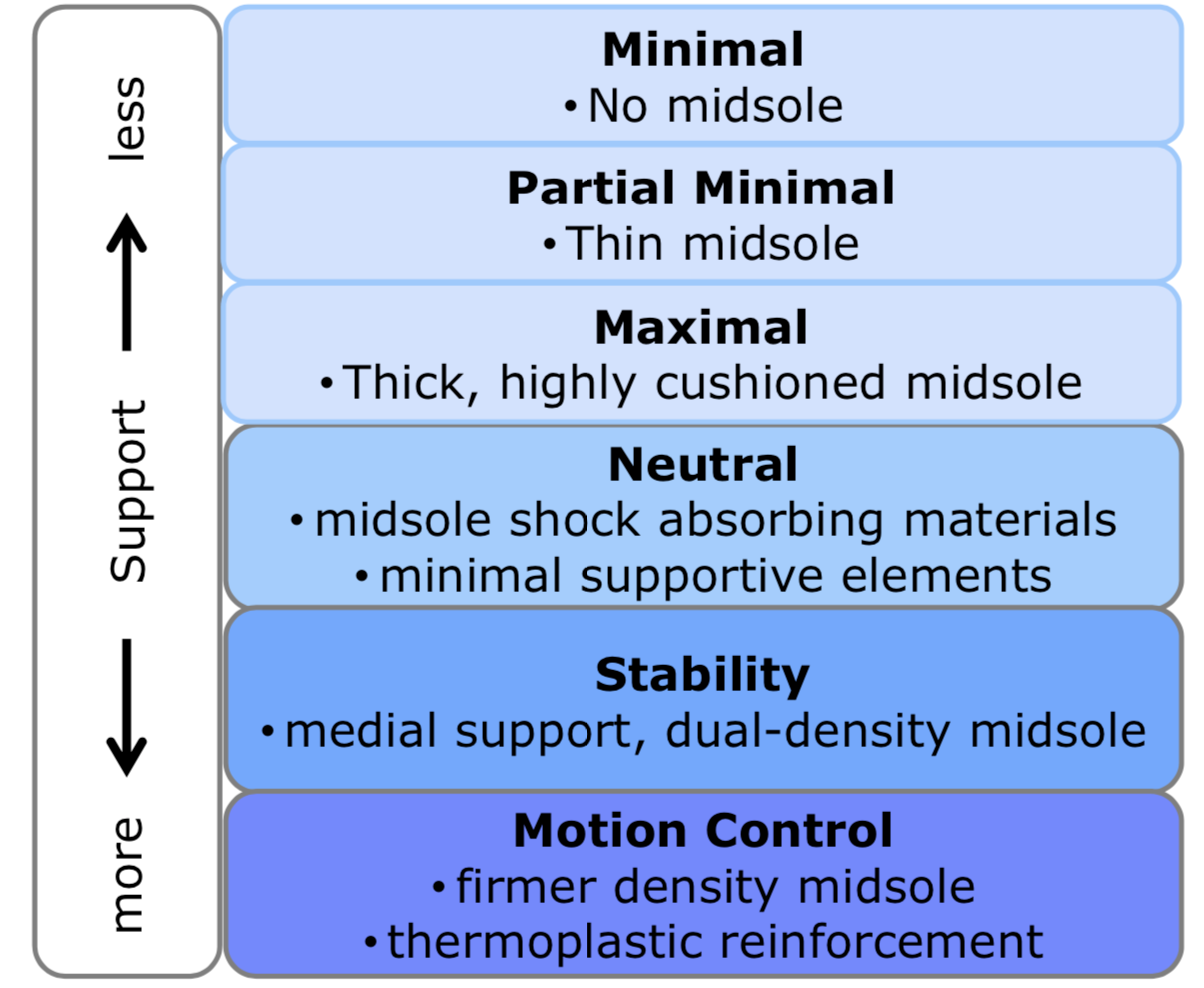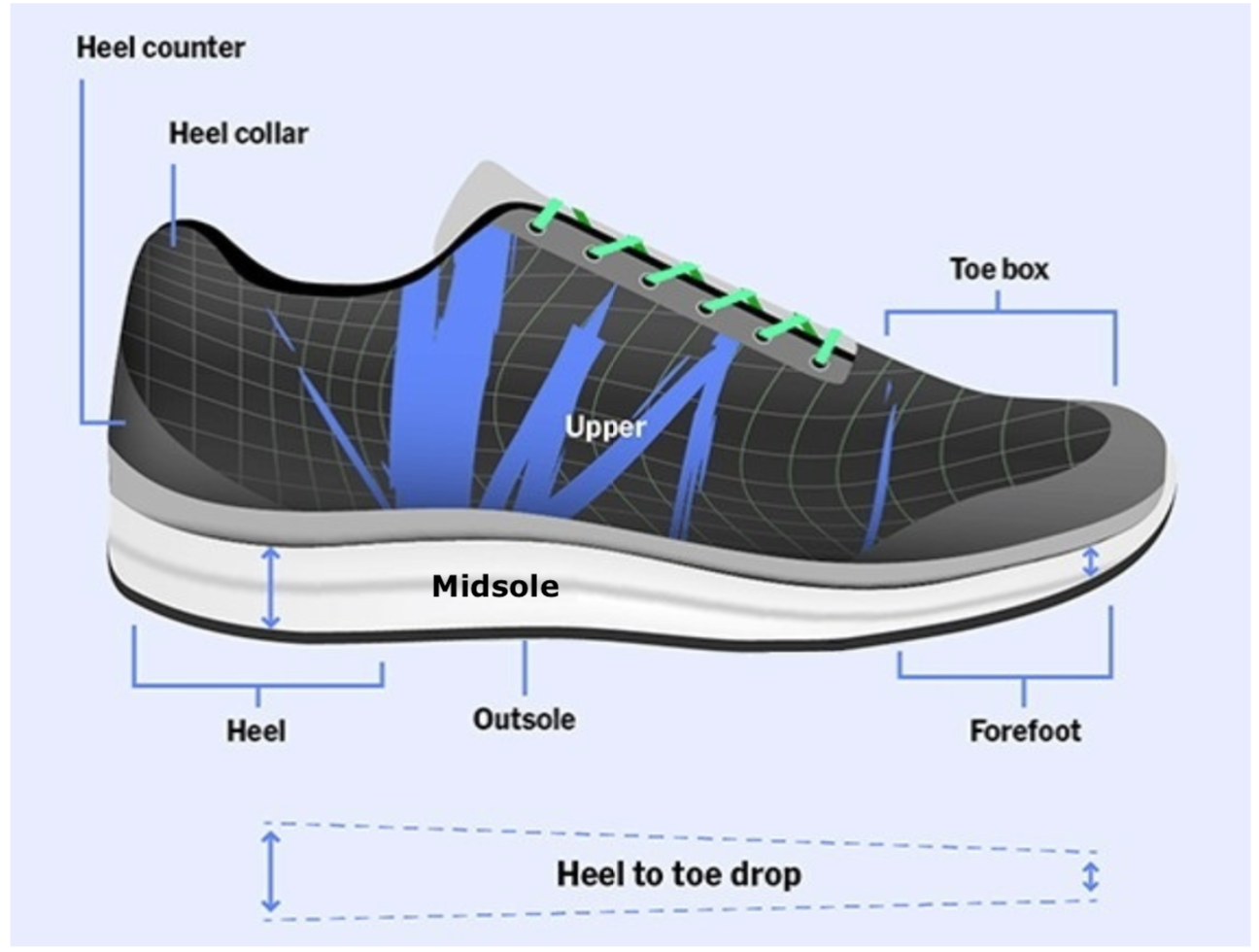Am I Wearing the Right Running Shoe?
Am I Wearing the Right Running Shoes?
When it comes to buying a new pair of running shoes, it can be seriously overwhelming. With dozens of brands, hundreds of styles, and new trends emerging every month, how do you know what’s best?
Well, it may be less a matter of whether you have the right shoe and more about whether you have the wrong shoe! A number of recent studies have emerged that are pretty fascinating.
First, let’s talk about what types of shoes are out there. In order to combat pronation, there are three categories of shoe:
Neutral
Stability
Motion Control
Each of those shoes has different stiffness and support, especially in the midsole area.
So how do you make sense of all these cushioning options and make the right choice? Well, it might not matter as much as you think!
One study looked at the midsole hardness of modern cushion running shoes. They gave 237 runners standard running shoes with either a soft study shoe (soft-SS) or a hard study shoe (hard-SS) midsole and followed them prospectively for 5 months. The hard-SS had a 15% greater overall stiffness in the heel region.
After tracking, they found no differences regarding injury location, type, severity or category between the groups. The only differences in injury risk were caused by greater BMI, novice runner, or those with previous injuries. So midsole cushioning really doesn’t impact your risk of injury.
What about neutral, stability, or motion control shoes for pronation? These shoes are usually suggested based on arch height and plantar shape:
High/normal arch: neutral shoe
Moderate arch drop: stability shoe
Severe arch drop: motion control shoe
One study took 81 female runners in a 13-wk half marathon training program and randomly gave them one of the three above shoes, regardless of their arch height and plantar shape.
Across the three shoe types, those with the motion control shoe reported the most pain and missed the most training days. In neutral feet, the neutral shoe reported greater values of pain while running than the stability shoe; in pronated feet, the stability shoe reported greater values of pain while running than the neutral shoe. No significant effects were reported for the highly pronated foot, although this was limited by an inadequate sample size.
In conclusion? The current approach of prescribing in-shoe pronation control systems on the basis of foot type is overly simplistic and potentially injurious.
Overall, following an algorithm’s suggestion of what shoe type you should wear is not the best solution. Instead, follow what feels most comfortable for you. If you are currently feeling pain or discomfort with your running shoes, consider the level of cushioning you are using. A thinner shoe may be better for you!
If you want to know if your shoes are right for you, schedule a consultation with Oregon Running Clinic.


